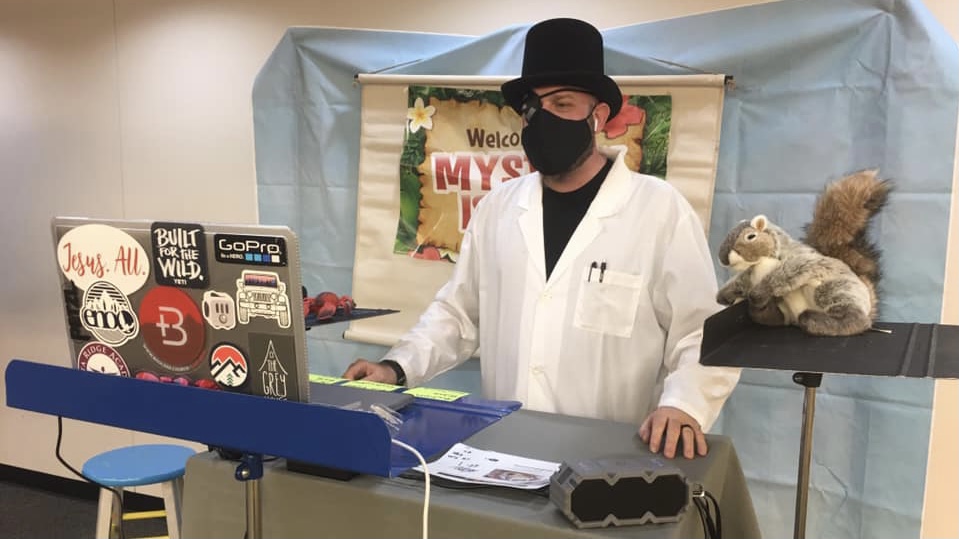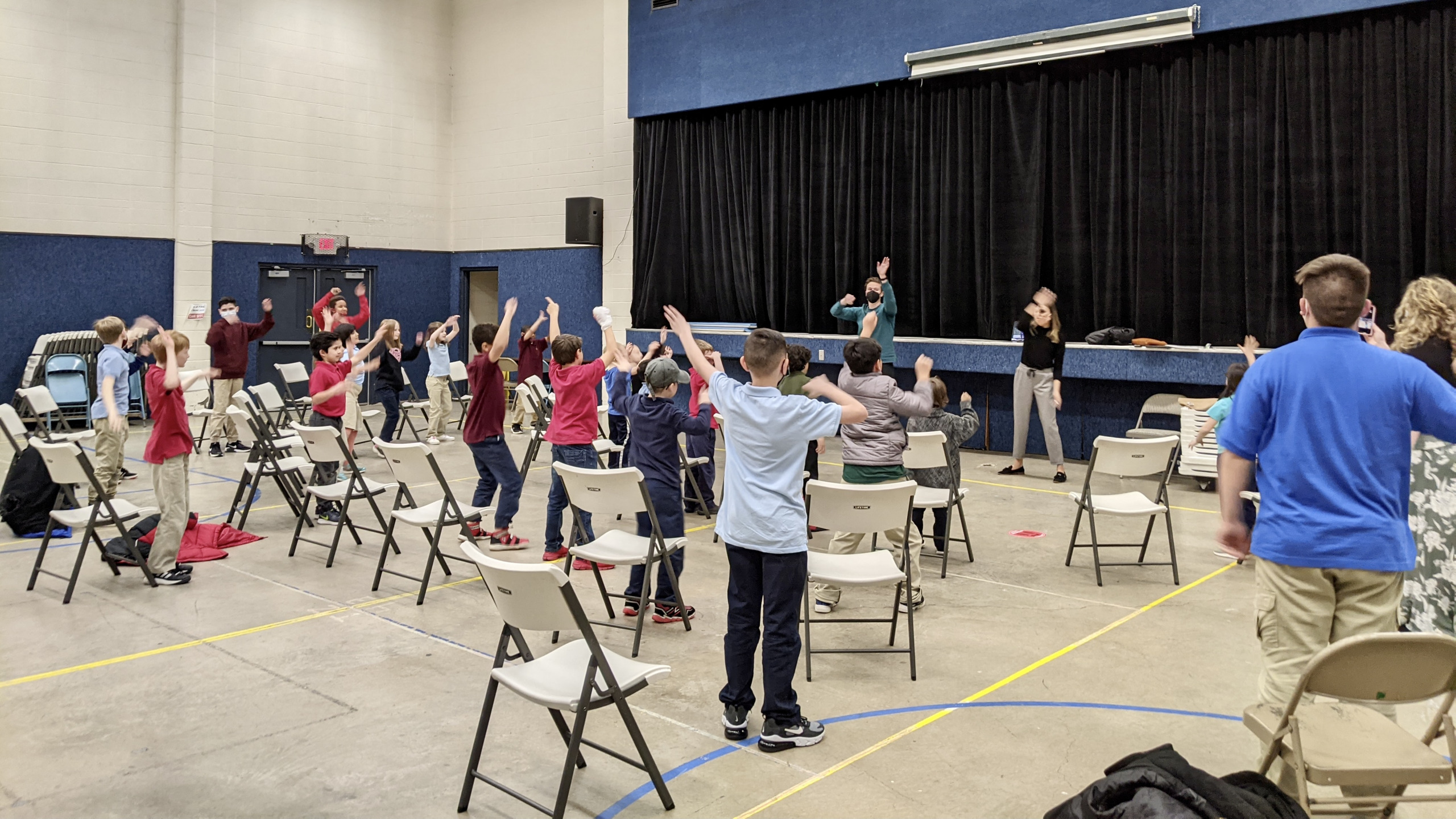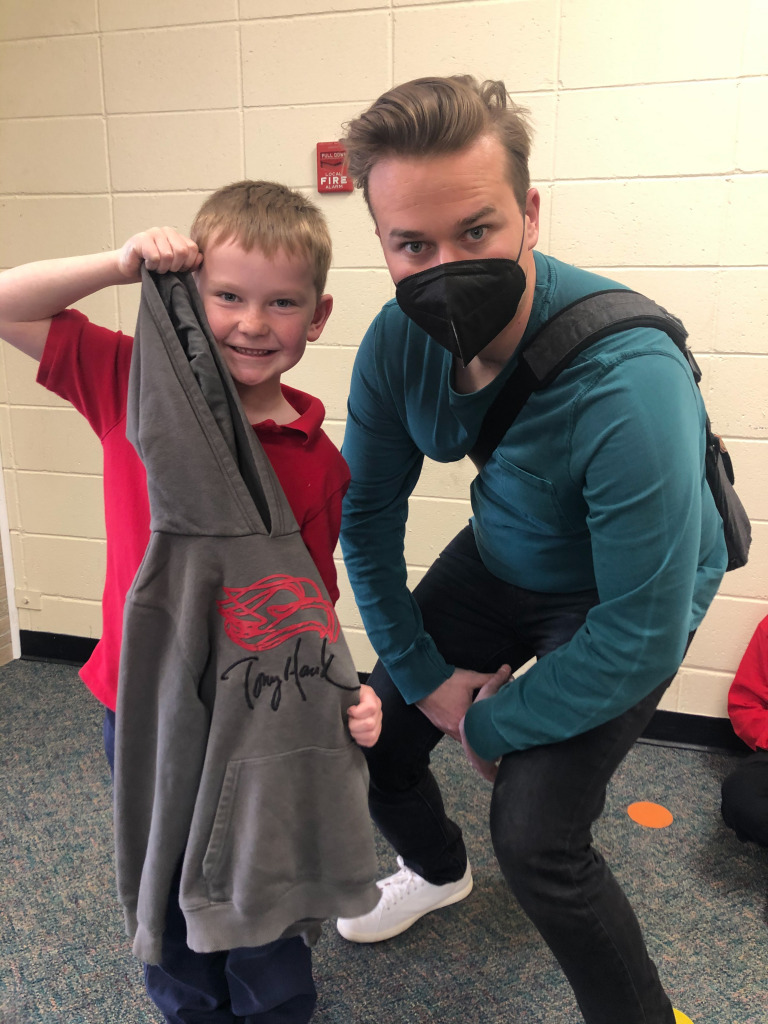By Barry Casey
1. We take change in three ways: we refuse it, we resign ourselves to it, or we leap at it. Attitude plays a role here. Your mileage may vary.
2. Most change happens without warning. We brace for impact. We anticipate some changes; we plan for them. And many changes happen while we’re worrying about the first two.
3. Sometimes, in order to see the changes, we have to go away and then return.
4. Maybe the change we long for is to return to what is familiar. We look for stasis as soon as possible after change.
5. We are stretched between stability and novelty.
6. Nicodemus is a literalist. He plays it safe. Jesus speaks in metaphors. He risks it all.
7. The prodigal son cannot bear the same old routine every day, so he tears it up and leaves. But, on his way back, all he can think about is his mother’s soup and the way his father throws his head back when he laughs.
8. Jesus’ baptism sets ablaze his experience of God’s showering love. It is a pinnacle moment, one that anyone would long to dwell within forever. But the Spirit drives him, throws him, propels him, into the wilderness. It is a shattering change. The desert is the habitation of demons and Satan is waiting. Every vulnerability in Jesus is savagely probed and battered. All that remains, all he can cling to, is that voice in his head saying, “You are my son, my beloved, and I am well pleased with you.” Satan pushes, Jesus pulls.
9. God changes and remembers everything.
10. We change and forget the changes. If our memories fade, do the changes blur and smear? If we can’t remember a change does that mean, we have not really changed?
11. Are our changes merely adjustments to keep us in place, like treading water to stay afloat or walking backwards on a moving sidewalk?
12. Create in me a clean heart, O God, and renew a right spirit within me. (Psalm 51:10) The spirit lay rusting from disuse. It needed a clean heart to work.
13. Heart is stained and broken. Spirit is rusting. Weeds have grown up between them. “I miss you, Heart,” says Spirit. “I am nothing without you.”
14. The prophetic writings are entirely about change. The people have lost their way. They have trusted other gods, gone down a dark path. When this happens the land itself becomes infertile.
15. Change is constant in the Scriptures. Someone is always moving away, reversing course, changing names, repenting. The history of the people of God is the history of constant change.
16. We don’t get used to change, even though it’s happening constantly. Every change rings a bell somewhere that says, “It’s all slipping away. Nothing stays the same. You can’t stop it.”
17. The only change that makes a real difference is knowing that everything put together falls apart.
18. Random notes on change:
personal changes
personnel changes
changes in relationships
changes in my body
change in how I think about the Bible
change in how I imagine Christ
change in how I view God as Father or Mother
change to the church vs change by the church
change over time or cataclysmic change
gradual change—do we notice?
is it really change if we don’t notice it?
19. Heraclitus: You cannot step in the same river twice. God: Behold, I make all things new. Heraclitus: This is what I’m saying.
20.Cease to do evil and learn to do right, pursue justice and champion the oppressed; give the orphan his rights, plead the widow’s cause (Isa. 1:17).
21. Possibly overheard outside a Metro station. “Hey buddy, you got any spare change?” “Sorry, I haven’t got any cash. I have a Starbucks gift card, though.” “Thanks anyway.”
22.Rilke famously murmured in one of his poems, “You must change your life.” I came across this line in a novel where an American mercenary is about to push a nun out of an airplane over the sea off the coast of Nicaragua. She says this to him with a half-smile on her lips. In the novel, the mercenary hears this every night in his dreams.
23. Then one of the seraphim flew to me carrying in his hand a glowing coal which he had taken from the altar with a pair of tongs. He touched my mouth with it and said, “See, this has touched your lips; your iniquity is removed, and your sin is wiped away” (Isa. 6:7).
24.The draw, the excitement of change, is in the anticipation. The imagination blossoms, connections snap together, attention distills the sensory flood to a charged and concentrated fusion. We are, paradoxically, open to everything.
25. A voice says, “Cry,” and another asks, “What shall I cry?” “That all mankind is grass, they last no longer than a flower of the field . . . the grass withers, the flowers fade, but the word of our God endures for evermore” (Isa. 40: 6,8).
26.Listen! I will unfold a mystery: we shall not all die, but we shall all be changed in a flash, in the twinkling of an eye . . . (1 Cor. 15:51 NEB).
27. Tents
Let us say,
the church is not
a fortress. That would be
God says Luther.
No, the church
would be a tent
folded in the night,
carried toward the dawn
in another country,
having done
what we could in this place
filling the stomachs
of the famished, making a wall
against the destroyer of souls,
opening the eyes of the dead,
surprising the living once again.
28.Repentance, in the New Testament, is metanoia. It means “to turn around,” go in the opposite direction. “Change” means doing a 180, retracing one’s steps. But I like what Moses did when he saw the burning bush: he turned off the path he was on and cut a new trail toward the fire.
29.“Change will come,” we are advised. “The wheels turn slowly.” As if it was a machine without a human operator. As if there were no moral currents involved. As if we are looking at it through the wrong end of a telescope. As if Change was an old man with a walker and a heart condition.
30.I say I want the Church to change, to be inclusive, to recognize its diversity. These are phrases: what I really want is to belong without changing.
31. Buber says, “All real living is meeting.” All encounters change us. Therefore, we are continually changing. The Church could be the place where we are not afraid of that.
32. “Be the change you want to make in the world.”
33. With relation to divinity, the Greeks sought perfection, the Hebrews sought dialogue. Only one of these can be achieved. Only one can be improved by change.
34.Change is conflict with “the way things are.” After conflict comes something new. And the new becomes “the way things are.” Rising and falling; is there an end to this?
35. “She had a change of heart,” we say. How casually we speak of such an operation!
36.In math, change is a constant. The same could be said about God.
37. I had a friend who used to say, “Nothing . . . has changed.” Which was true—if you were Nothing.
38. William James did some of the first research in America into attention as a learning component. In order to hold attention, he said, the teacher must change the angle to the subject every few minutes, for without change we cannot learn. The absolutely old cannot hold our attention and the absolutely new cannot either. But the old in the new commands a lively attention. The friction between the old and the new makes the fire.
39.What does it take to make us change? I have been driven by fear to change. I would rather run toward it.
40.“For we are not now as fully whole in Christ as we will be one day.” —Julian of Norwich
41. To change oneself is the result of ambition. To allow oneself to be changed throws open the door of desire that longing is standing behind.
–Barry Casey taught religion, philosophy, and communication for 37 years in Maryland and Washington, D.C. He is now retired and writing in Burtonsville, Maryland. More of the author’s writing can be found on his blog, Dante’s Woods. His first collection of essays, Wandering, Not Lost, was recently published by Wipf and Stock. Email him at: [email protected]







